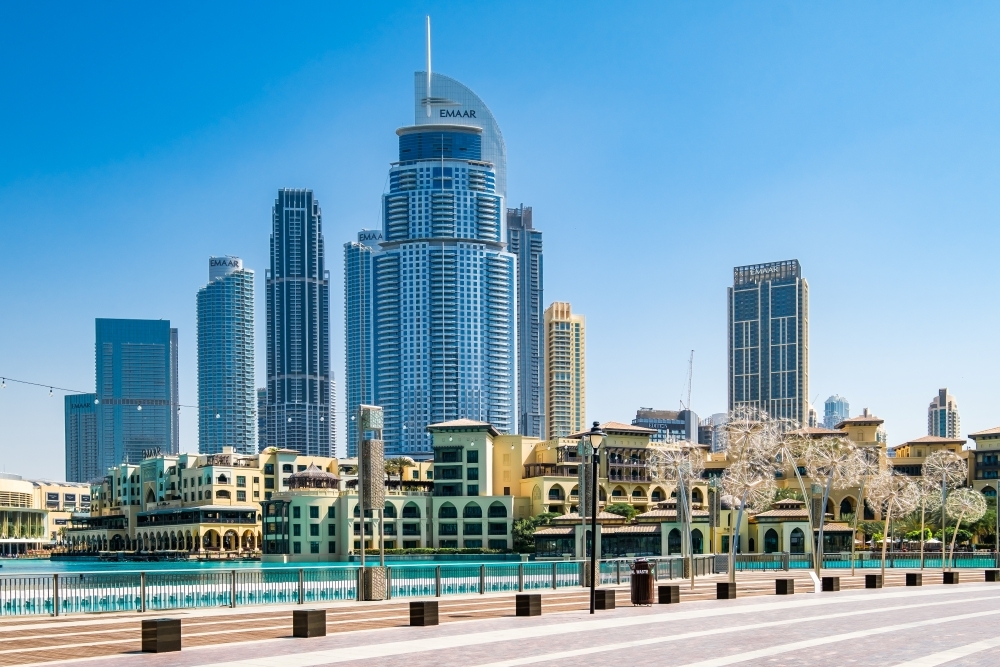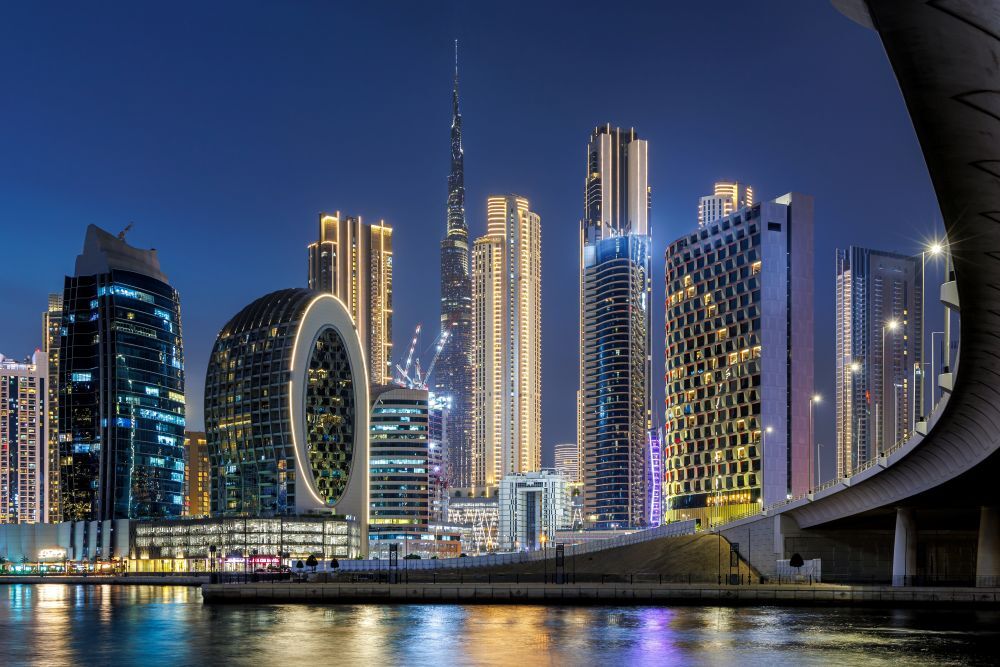A Sense of Stillness: The Landscape Architecture of Vladimir Djurovic
What if a public square could feel like poetry, or a garden could carry the weight of memory?
In the work of landscape architect Vladimir Djurovic, such suppositions are given structure through stone, water, and the quiet presence of plant life. Two of his most acclaimed works, Aga Khan Park and Samir Kassir Square, illustrate this philosophy with distinct cultural, climatic, and emotional identities. Each project draws from geography and centuries of landscape tradition, while Djurovic brought them into focus through a contemporary lens. That same philosophy was carried into the landscapes he’s shaped behind closed gates in the UAE.
Here is a closer look at the landscapes where Djurovic’s principles are most fully realised.
.jpg?width=1000&height=500&name=unnamed%20(77).jpg)
Aga Khan Park – Toronto
Toronto is not known for silence, but just north of downtown, in a 17-acre cultural campus, lies a landscape defined by stillness. Commissioned alongside the Aga Khan Museum by Fumihiko Maki and the Ismaili Centre by Charles Correa, Djurovic’s Aga Khan Park links the two through a garden shaped by Islamic principles, grounded in Canadian soil.
Before designing, Djurovic travelled to the Alhambra, Humayun’s Tomb, and other historic gardens, not to replicate their geometry, but to understand their sensory logic: scent, shadow, sound, and water. “Recreate what you feel and smell and hear,” he said.
Then he started designing the northern section following the famous Persian garden layout known as “four gardens” or “chahar bagh” in Persian. At its centre, five granite reflecting pools form a structured grid, bordered by serviceberry trees selected for the way they mark time, blossoming in spring, fruiting in summer, turning deep orange in autumn, and standing bare in winter. Hedges and dense plantings frame the garden, buffering traffic from the Don Valley Parkway. No signage, nothing extra glowy, visitors move between stone and water, guided by the geometry of the space.
In 2016, the project received awards from the Architecture MasterPrize and was shortlisted for the World Architecture Festival. At its opening, Ontario Premier Kathleen Wynne called it “a true 21st-century space steeped in history but speaking to a modern vision of a global, inclusive, peaceful society.”
Samir Kassir Square – Beirut
In Beirut, Djurovic’s Samir Kassir Square takes the opposite approach, quiet and compact, but shaped with the same thoughtfulness and creative sensitivity to the site’s original geography. On a plot of just 815 square metres, two mature ficus trees, survivors of the city’s war years, remain untouched. A shallow granite pool along one edge reflects their canopy. A timber deck and long bench provide a resting point. The rest is covered with low natal plum, evergreen, resilient, and unadorned.
There is no monument. Just a handful of materials: stone, water, wood, and shade. In 2007, the square received the Aga Khan Award for Architecture in recognition of how it quietly restored public space, framed by memory.
The King Hussein Memorial –Amman
When designing the King Hussein Memorial Garden, Vladimir Djurovic chose not to impose a vision, but to let the landscape speak through its own elements. Inspired by His Majesty King Hussein’s quiet strength and humility, Djurovic envisioned a garden where every Jordanian might feel a sense of belonging.
Instead of building above the land, he carved into it, moulding gentle contours that descend toward a central point of reflection. A dense ring of oak trees buffers the space from the city beyond, while deeper inside, olive and almond trees emerge among a carpet of wild thyme. The planting is rooted in Jordanian soil, generous with fruit, shade, and scent.
At the heart of the garden lies a circular water-harvesting pond. Around it, almond trees bloom each February, the month of the King’s passing, casting white petals onto the water in a quiet, annual remembrance.
The water pulses five times a day, mirroring the rhythm of daily prayer and the movement of the moon. It flows lightly over stone, catching sun and shadow.
Djurovic Interprets the Gulf Landscape
In the UAE, Vladimir Djurovic’s landscape work moves quietly through a series of high-end private and resort projects. At Bait Al Sharq in Dubai, designed with Vincent Van Duysen, he structured the landscape around sculptural east–west stone walls to guide breeze and shadow, layering native Acacia, fruit trees, and gravel beds that lead into a secluded courtyard. Then comes his role in Aman Dubai, a collaboration with Kerry Hill Architects, which spanned phases II and III. Throughout the three phases, the focus was on spatial transitions, native planting, and sun-responsive design.
It is at Eden House Za’abeel that the Gulf setting offered Djurovic another canvas to apply his design philosophy. This new residential tower, located at the threshold of DIFC and the Za’abeel district, carries much of his artisanal sensibility.
There, he crafted a series of green courtyards woven into the building’s podium, balancing privacy with openness. These green interludes offer natural pauses within the city’s tempo. His design focuses on capturing light, following a natural flow to encourage movement, and maintaining a sense of human intimacy: Hallmarks of Djurovic’s work.
As for One at Palm Jumeirah, his landscape design introduced water, planting, and wind movement as quiet, integral elements that define the overall harmony of the space.
Closing Thought
In Toronto, Beirut, Amman, and the Gulf, Vladimir Djurovic’s work focuses on the same quiet principle, where he sees that a landscape doesn’t need to be loudly designed, only harmonised with its elements so that the place can evoke a sense of belonging and integration. One can walk beside a granite pool in a Canadian orchard, pause under the shade of war-surviving ficus in Beirut, smell the almond blossoms at the King Hussein Memorial, or move through courtyards shaped by breeze and light in Dubai. Djurovic's secret is his rare ability to turn abstract elements into tangible, rhythmic experiences.



